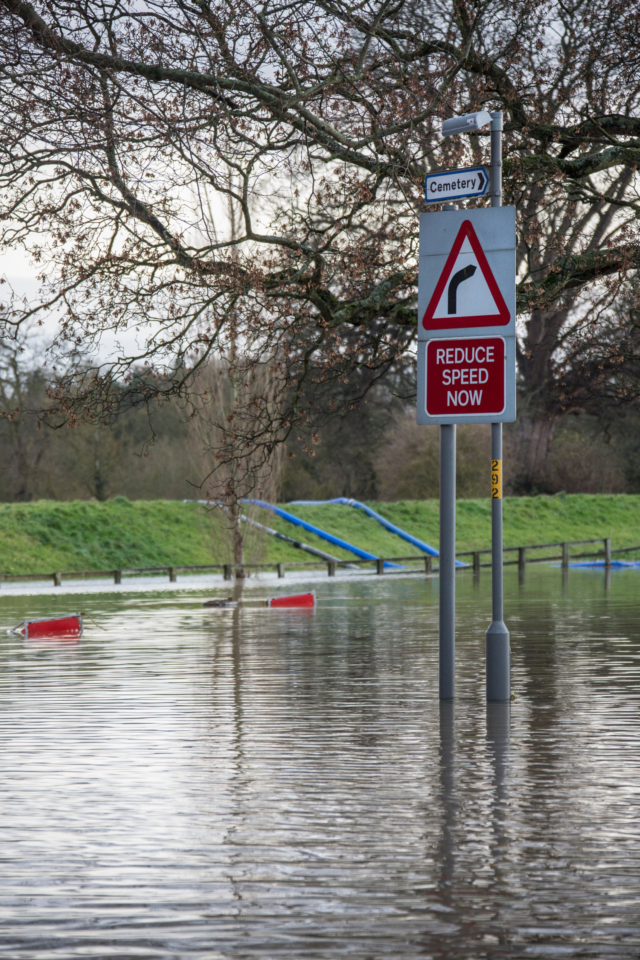Flood on the Water: What Increased Flooding Means for Water Treatment Facilities
In recent years, water treatment professionals across the globe have faced an alarming surge in the frequency and severity of flooding events. These rising tides are causing significant challenges for wastewater treatment facilities. As the demand for effective and resilient wastewater management grows, it is crucial to understand the profound impact flooding has on these critical infrastructure components.
Extreme weather events, such as hurricanes, torrential rainfall, and storm surges, have surged over the last decade. These events have made flooding an increasingly common occurrence in both coastal and inland regions. According to the National Oceanic and Atmospheric Administration (NOAA), the United States has experienced a 20% increase in heavy rainfall events over the last century, with the North East region seeing up to a 55% increase.
One of the most immediate and tangible effects of flooding on wastewater treatment facilities is damage to critical infrastructure. Floodwater can inundate treatment plants, causing electrical systems to short-circuit, damaging pumps and motors, and compromising the structural integrity of facilities. The repair and replacement costs can be astronomical, straining budgets and resources.
Flooding events can overwhelm treatment systems, leading to the release of partially treated or untreated wastewater into water bodies. This discharge can contain a cocktail of pollutants, including bacteria, chemicals, and nutrients, posing significant health and environmental risks. The contamination of water bodies can lead to the spread of waterborne diseases, harm aquatic ecosystems, and impact drinking water sources downstream.
Wastewater treatment plants often rely on a delicate balance of biological processes, chemical treatments, and mechanical components. Flooding can disrupt this delicate equilibrium, leading to operational failures. In some cases, plants may need to be shut down temporarily to prevent further damage, which can lead to service interruptions and reduced capacity during flood events.
As water treatment professionals grapple with the mounting challenges posed by flooding to wastewater treatment facilities, it is imperative to adopt proactive strategies and invest in resilient infrastructure. In doing so, we can safeguard public health, protect the environment, and ensure the continued provision of clean water for our communities. The collective efforts of the water treatment industry will play a pivotal role in addressing this critical issue.
Sources: Tampa Bay Times, Climate.gov








